Here’s What Your Favorite Apps Looked Like Nearly a Decade Ago
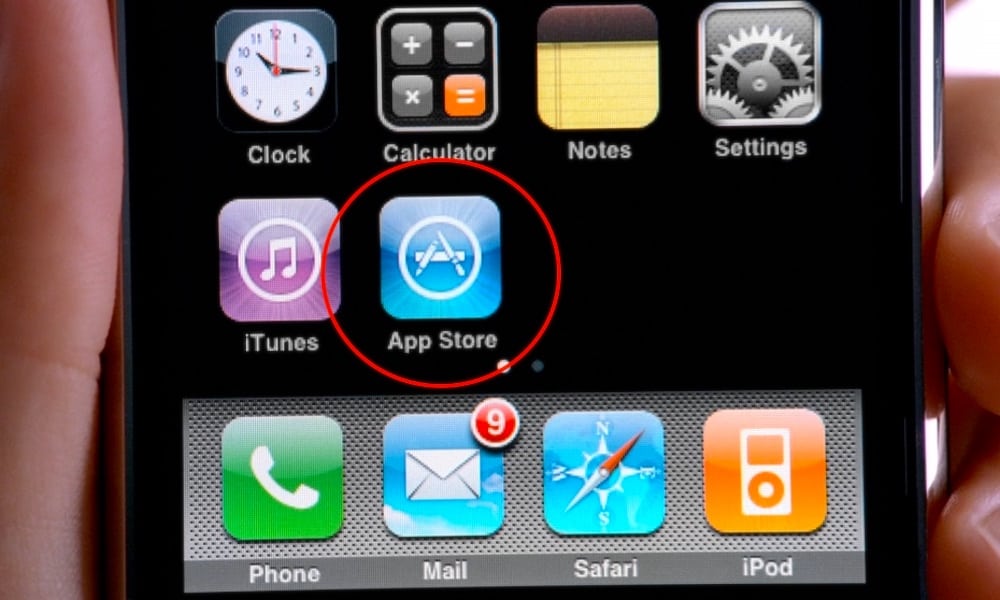
This week, Apple's App Store officially turned 10. It's easy to take for granted, but prior to a decade ago, there wasn't anything like the App Store for mobile platforms. In other words, we can thank Apple's platform for basically kickstarting the entire app economy and helping it gain popularity.
Apps back then were revolutionary, or at least, they felt like it. But like with most things in the technology world, they didn't really age all that well (just look back at the Web 1.0 versions of your favorite websites). Continue reading to learn about seven of your favorite iOS apps, and how they looked in the early days of the App Store.
7 Facebook
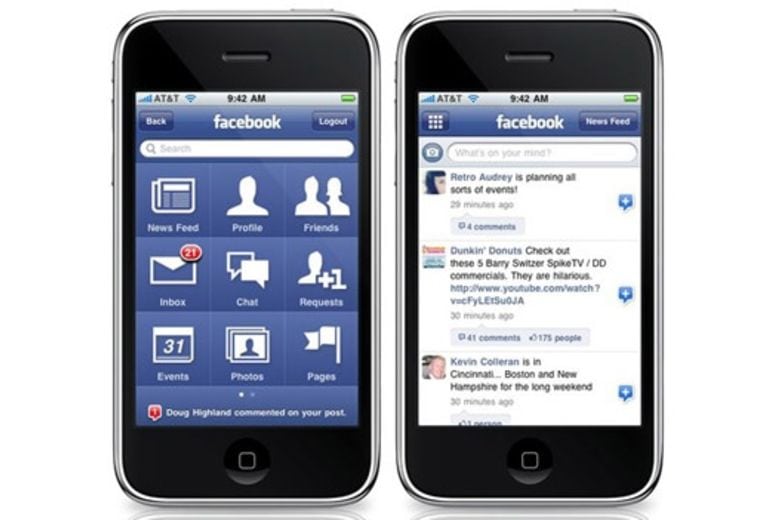
Saying that the Facebook app has changed significantly over the past 10 years would be an understatement. The app has been regularly updated and tweaked in the past decade, but its earliest iterations are nearly unrecognizable — maybe aside from the logo and the signature blue hue to everything.
Facebook now has so many features that weren't present in the original app. And even the placement of important buttons has changed: the menu icon has moved from the upper-left to the lower-right corner. In the old-school menu, there used to be a prominent "Logout" button. The design itself also looks much less clean and intuitive.
6 Pandora
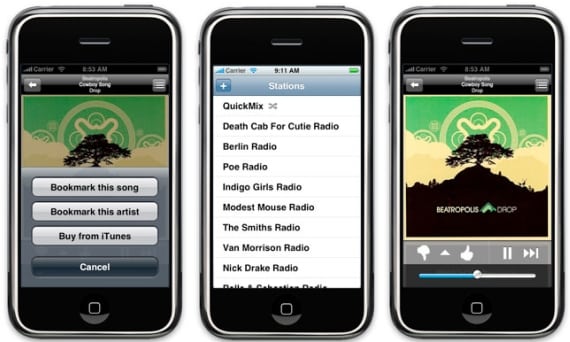
When the App Store first launched in 2008, there weren't very many options for streaming music over the internet. Spotify was still in its nascent phases, and Apple Music wouldn't be an option until its launch seven years later. For most people, there was one clear winner: Pandora.
The first Pandora app did essentially what it does now. It puts together "radio stations" based on a single piece of music, an artist, or a genre. But what Pandora did at the time was pretty extraordinary. More than anything else, the app may have foreshadowed the rise of music streaming and the demise of legacy media like CDs — and even MP3s.
5 Skype
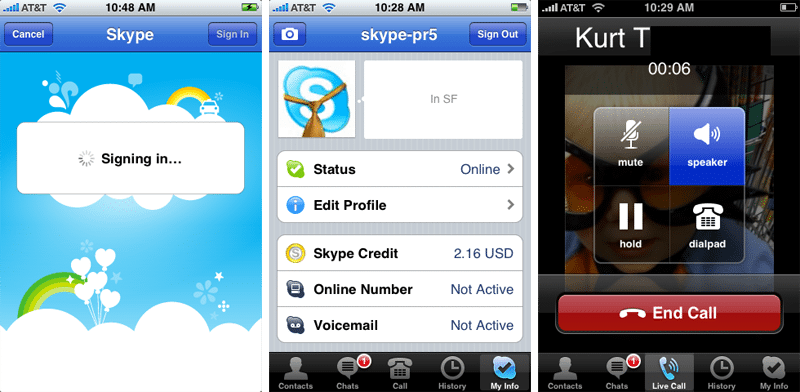
Skype has been around for a while. And though it may not be as popular as it once was, long before carrier-based Wi-Fi calling became widespread, Skype was one of the most reliable choices for internet-based voices calls (VoIP, or voice over internet protocol).
The first Skype for iOS app was launched in early 2009, roughly half a year after the App Store first debuted. Like most apps of its time, it shared a rounded design aesthetic that looks fairly clunky by today's standards. But it worked, and it allowed users to make free calls over Wi-Fi networks. Video calling was added later, around the time of the iPhone 4 in 2010.
4 Netflix
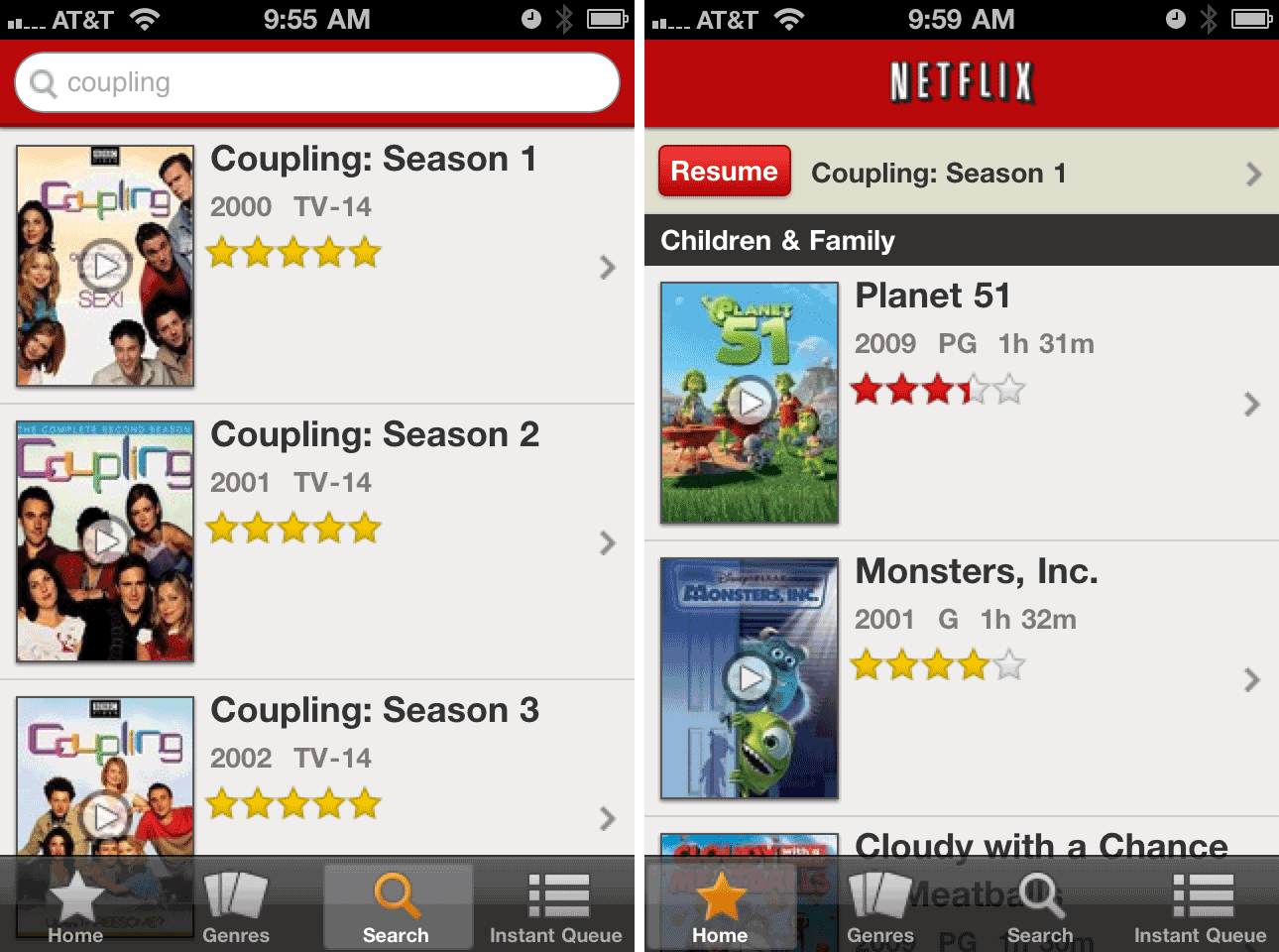
Netflix was in a state of change in the early '10s. You might not remember, but Netflix's original business model was shipping rented DVDs through the mail. And in 2009, digital streams surpassed its DVD delivery business for the first time. In summer 2010, Netflix officially launched its first app.
The Netflix of yesterday was a different animal than it is today. It relied on a catalog of content that was mostly third-party — it wouldn't debut its first Netflix Original until a few years later. But, like with online music streaming, Netflix was one of the first apps to capitalize on movie and TV content streaming. And we may owe the very concept of "binge-watching" to the platform.
3 Evernote
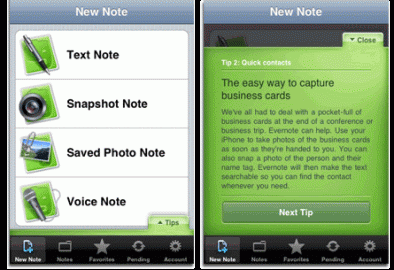
Evernote may have pioneered the concept of cloud-based note taking, but it's far from the only game in town. The rise of similar functionality on platforms like Apple's Notes and recent premium price hikes have caused Evernote to seem much less necessary (even though it's still used by millions of people, and its user base may be growing).
But the Evernote of the early App Store era was still an invaluable tool for many. But screenshots from that version of the app haven't aged well. Unlike the clean and minimalist UI design of today's Evernote, the app then doubled-down on Apple's pre-iOS 7 skeuomorphic design philosophy.
2 Shazam
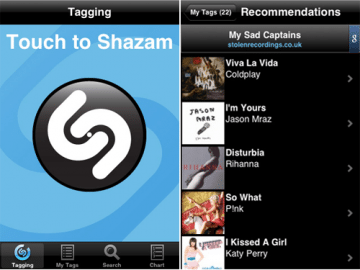
Shazam may be one of the oldest popular iPhone apps that we still use today. It first launched in 2009, just a few months after the App Store itself debuted. There were key differences. For one, Shazam wasn't owned by Apple (which acquired it last year). And it was also a paid app — at launch, it cost $4.99.
What's pretty remarkable is that Shazam really hasn't changed all that much in the decade since it first went public. You tap on it to record an audio clipping and send it to their servers. From there, you get your results back. It just goes to show that if something isn't broken, don't fix it. (Though, of course, there have been changes to the way the app shows ads and displays its results.)
1 App Store
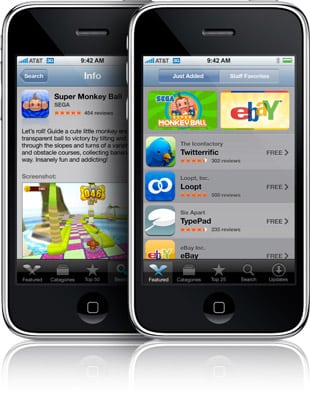
Of course, the App Store itself has gone through a slew of design iterations since it launched in 2008. From the "flat" design of iOS 7 to the top-to-bottom overhaul of iOS 11, the world's premiere app marketplace has seen a fair amount of change since it basically kicked off the app economy a decade ago.
While the general concept of Apple's native App Store app remains pretty much the same, the Cupertino tech giant has streamlined it to make app discovery so much easier and more seamless. iOS 11, for example, adds tabs that let users see top charts, new discoveries, and editorial picks, among tons of other features.
